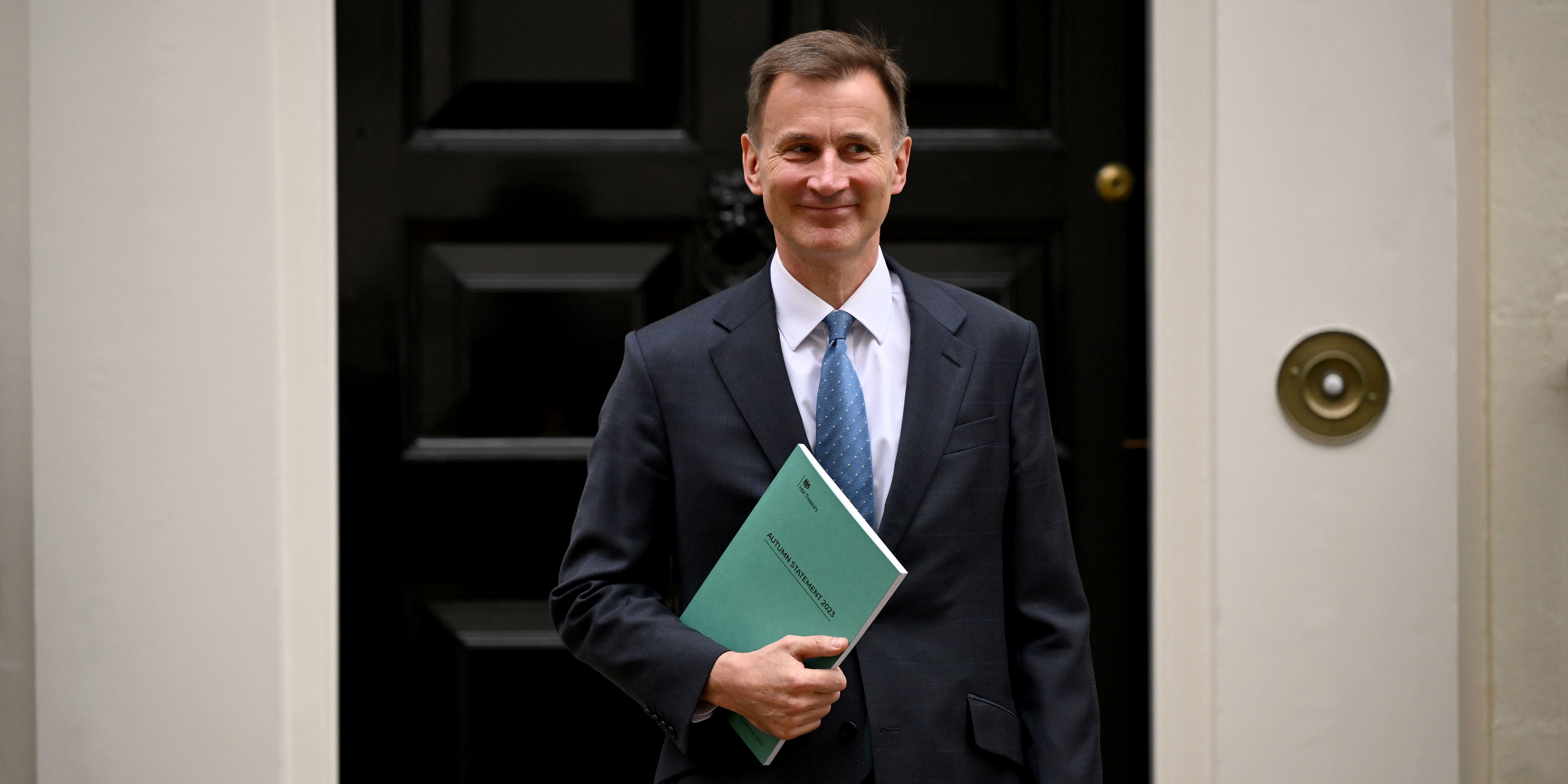
The government's latest Autumn Statement continues to neglect the NHS workforce crisis, the Society of Radiographers has said.
On Wednesday (23 November), Chancellor of the Exchequer Jeremy Hunt set out his latest fiscal plans, including a cut in National Insurance and confirmation of the triple lock pension, but the SoR has raised concerns that the government is ignoring the severe impact of short-term staff shortages in the health service.
The Autumn Statement reaffirmed commitments to make available up to £14.1 billion for the NHS and adult social care, initially announced in 2022, in response to the workforce retention and recruitment pressures facing the health service.
Mr Hunt also highlighted the NHS Long Term Workforce Plan, published on 30 June this year, which promises £2.4 billion investment over the next five years. This plan asserts it will carry out the “biggest expansion of staff training in NHS history,” starting with 205 extra medical school places in 2024, before doubling the number of medical school places and almost double the number of adult nursing places by 2031. The SoR welcomed the commitment to the plan.
'A suprising decision'
Dean Rogers, director of industrial strategy for the SoR, said: “The government has clearly been listening to our calls to commit to a long-term funded plan, with regular reviews – and this feels like a promising first step.”
However, the SoR believes this is a plan for the future, which will not tackle the immediate shortage of radiography professionals or the risk that this poses for patients.
Mr Rogers warned that the decision to cut National Insurance from 12% to 10% would make recruitment and retention of staff more difficult in the short term.
“[Cutting National Insurance is] a surprising decision – and one that invites scepticism about the government’s sincerity to tackle problems in the NHS – given the last 13 years of chronic underfunding," he said.
A pressing shortage
The “current and pressing” shortage of radiographer professionals, who support the care of nine in 10 patients in the NHS through scans and therapeutic services, means a million patients are currently waiting to be seen by a radiographer.
A recent survey of radiographers found 94% of respondent had vacant posts for diagnostic radiographers in their departments, while national the average vacancy rate for radiographers is 12.7%.
Mr Rogers added: “Current staffing issues therefore cannot – and must not – be an afterthought. The long-term recruitment strategy must be backed up by attractive pay and working conditions. Why choose a career in radiography if you’ll be expecting to work excessive hours, day and night, for the lowest graduate starting salary across the public sector?”
'Failure to consider the short term'
SoR membership has repeatedly found that “new equipment ends up standing in their departments because it did not come with any funding for additional staff.”
Mr Rogers continued: “This failure to consider the short term makes us wonder how serious the government really is about its long-term strategy. And it is why staff and patients – particularly those on ever-growing NHS waiting lists – remain sceptical about the government’s longer-term plans, however promising they may sound.
“Our members deserve better. Our patients deserve better.”
